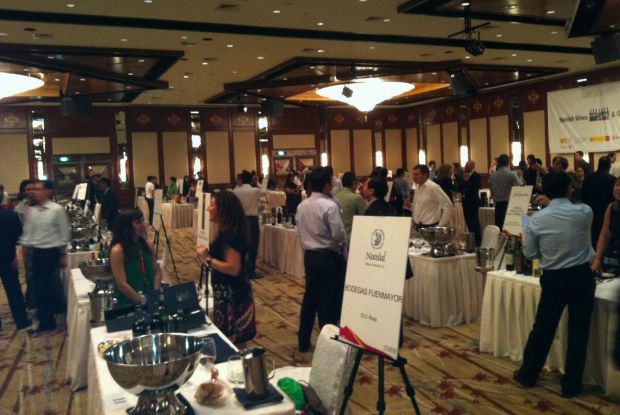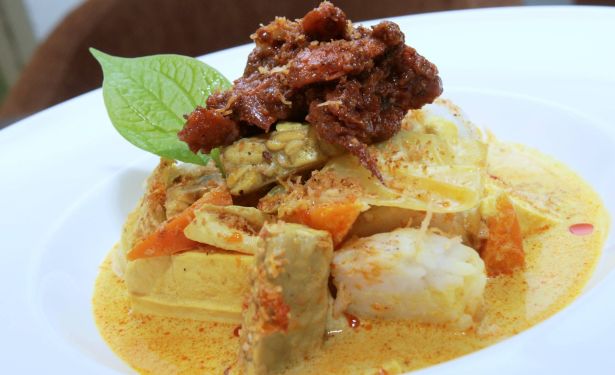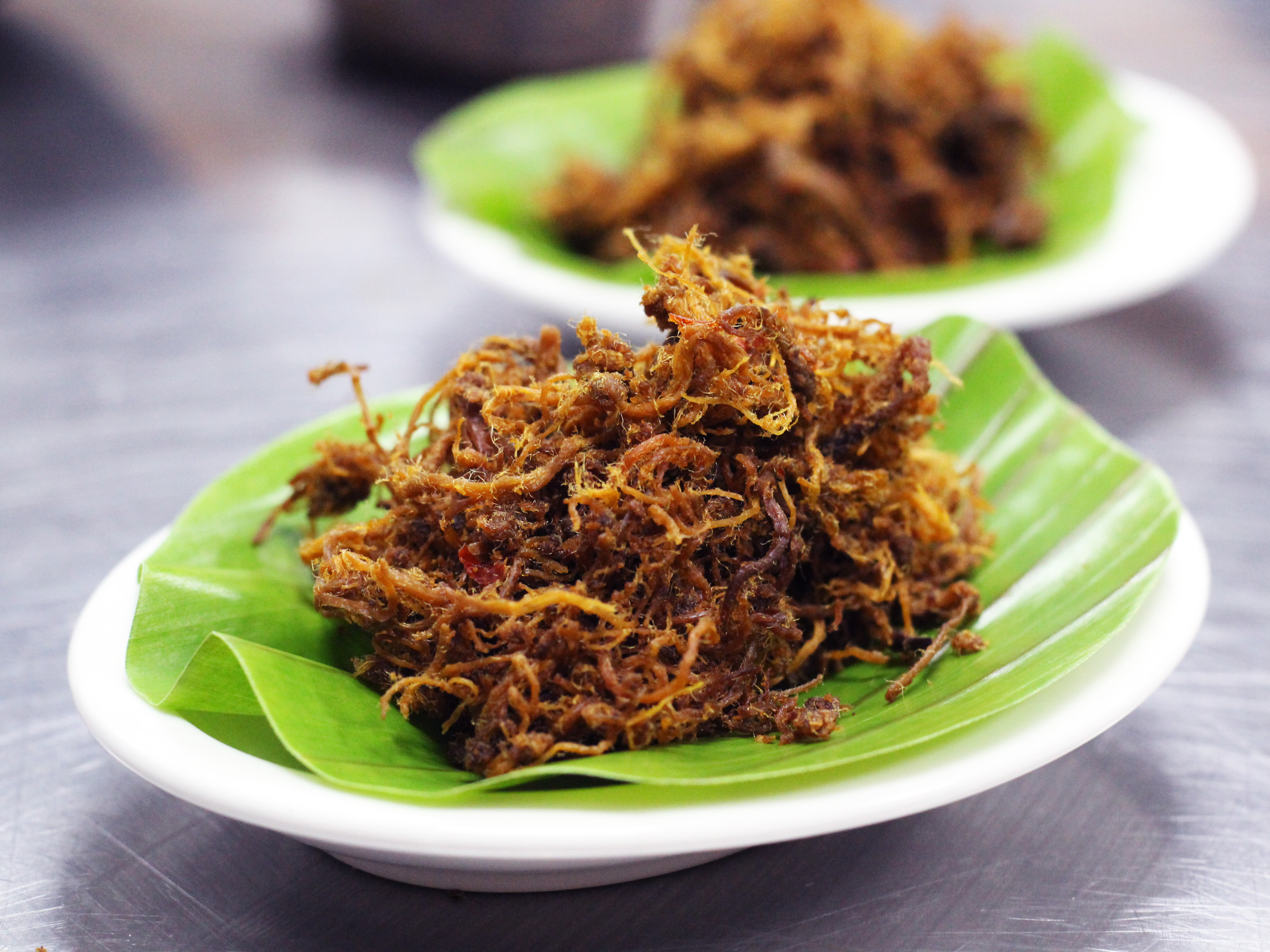A showcase unearths lesser known Spanish wines that are just as sublime.
RECENTLY, the Spanish Embassy, the Spanish Institute of Foreign Trade and the Burgos Chamber of Commerce and Industry hosted a trade-only Spanish Wines and Gourmet Food Showcase. Over 60 exhibitors brought along wine and food products such as olive oils, table olives, cheeses, seafood (including sweet and plump Spanish mussels from the Galician region) and conserves, for tasting in Kuala Lumpur and Singapore.
Spain is most famous for wines from the regions of Rioja, Ribiero del Duero and the Priorat. But at this exhibition, I was on a quest to discover less-known but equally delicious wines from Spain’s other regions.
Cava is Spain’s sparkling wine. Most are made using the traditional method of bottle fermentation and there are vintage and non-vintage versions, just like Champagne. A Cava semi-seco by Dominio de la Vega was the perfect opening to my afternoon of Spanish wines. This cava was lightly sweet and refreshing. Made from the Macabeo grape, it comes from Utiel-Requena, south of Barcelona.
Next, I tasted a white wine called Airén de la Pie Franco. It was fruity, silky, minerally and crisp. Perfect for seafood I thought. The wine was from Bodegas Verum, in the La Mancha area. I was told the name “La Mancha” is probably derived from the Arab word “al-mansha”, meaning “the dry land”.
In contrast, Spain’s north-west region of Rias Baixas enjoys an Atlantic climate and is usually cold and wet. From here, the most famous wine is the golden-lemon coloured and scented Albariño.
Producers Adegas Valminor and Serra da Estrela presented two excellent Albariños. Both wines were crisp and elegant, with green mango overtones and mineral nuances. A third wine, a Terras Gauda “O Rosal”, had the added surprise of additional orange and balsamic overtones. No wonder, as the producer had blended Albariño with two more local varieties – Loureira and Caino Blanco.
Another famous Spanish white variety, Verdejo, thrives in Rueda, south-east of Rias Baixas. Many believe that Verdejo came from North Africa in the 11th Century, and was used to make an oxidized wine. Producers today, however, have managed to make fresh fruity wines from Verdejo.
I tasted a Jose Pariente Verdejo that was brimming with florals and lemon rind and had a crisp acidity. An oak-aged barrica combined the citrus floral flavours of Verdejo with the light toasty-vanilla aromas of barrel ageing was especially interesting.
The last white wine I tasted, a white Grenache (most Grenaches are red), was the most unusual.
Cellar Piñol P, l’Avi Arrufi had a velvety mouth feel, light acidity and flavours of white stone fruit, minerals and a hint of vanilla and oak. Amazing I thought, as the white Grenache could have easily been mistaken for a Chardonnay!
The winemaking world has been giving the native Bobal grape much attention lately. Traditionally, it is used for blending because it contributes colour and concentration. Lately, producers have discovered Bobal’s potential as a powerful and fine wine, if the fruit of old vines are employed.
I found two wines made from the Bobal grape. The first, Artemayor, from Utiel-Requena, proved to be soft, fresh and lively with red fruit flavours – definitely a wine for lunch. Altolandon from Manchuela showed that Bobal can be blended with a non-native varietal – Malbec – to achieve a complex, structured wine worthy of ageing. This wine was called “Rayuelo”.
Another indigeneous varietal that has been making news lately is Mencia from north-west Spain. I tasted two good examples.
Martinez Yebra Vinadecanes Crianza’s Mencia was complex and had good tannins. In contrast, Bodegas Pittacum’s Pittacum Aurea, made from older vines grown at an altitude of 700m, was intensely aromatic and elegant.
To complete my red wine tastings, I finished off with a Grenache, the most planted red grape of Spain. From the Campo di Borja region, the Crianzas y Vinedos Santo Cristo, Terrazas del Moncayo 2008 reminded me how velvety and delicious Grenache can be.
I uncovered two interesting sweet wines made unusually from red grapes. Cellar Piñol P showcased a Grenache, called Josephina, that was made into a sweet wine that had a toffee aftertaste. Not to be outdone, Elias Moro’s sweet wine was made from raisins of Tinta de Toro (Tempranillo) grapes. The wine, called Dulce Benavides, had been fermented in a barrel and aged three months in French oak. It filled my mouth with the taste of mint, raspberries and sweet berries.
As I left the exhibition, slightly light-headed and thoroughly impressed with my “taste journey” across Spain in one afternoon, I thought, Viva España!
Edwin Soon is a qualified oenologist and has run wine shops and worked as a winemaker in various countries. He now writes and teaches about wine around Asia.





